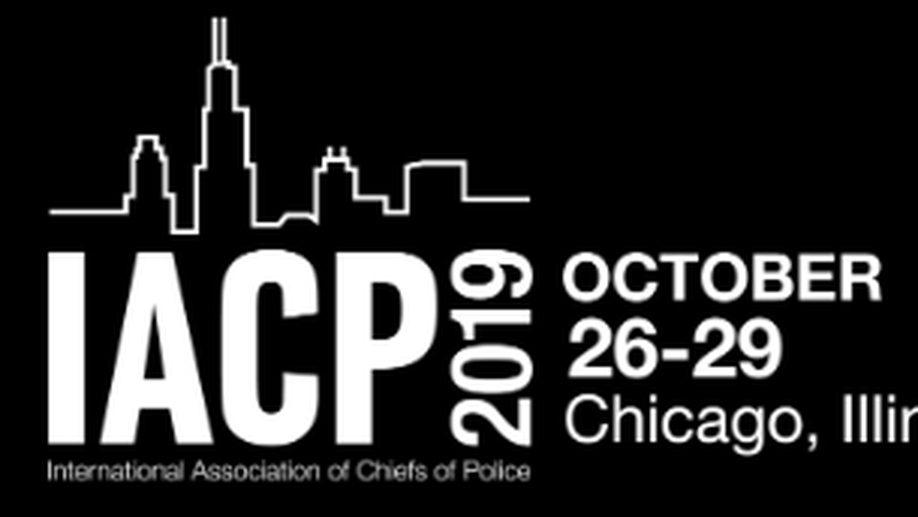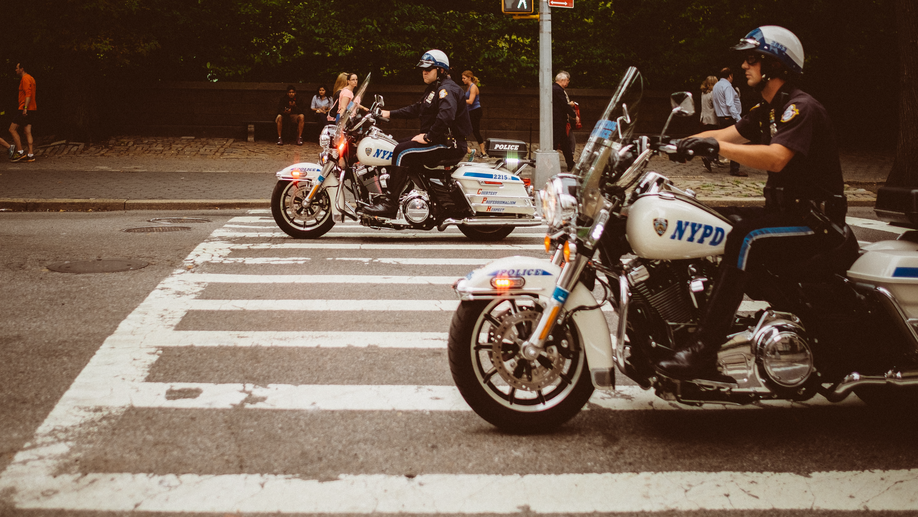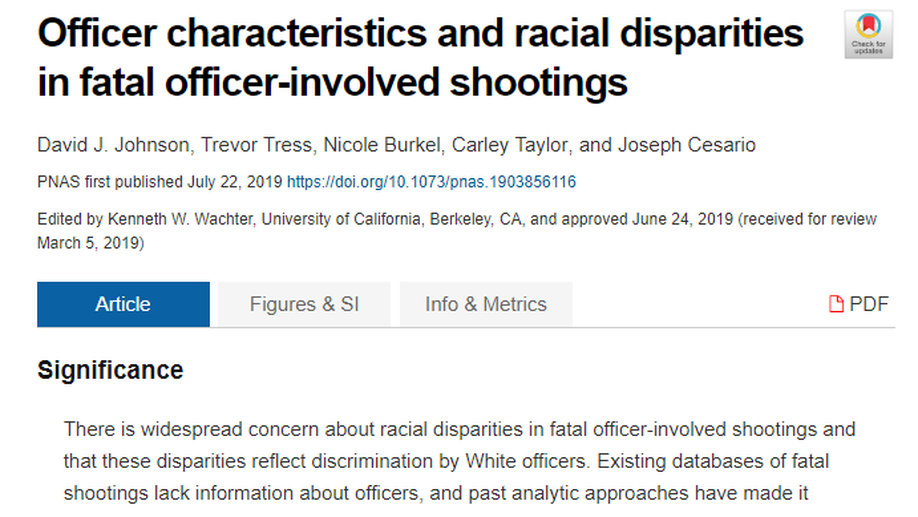
Now in print: Three experiments concerned with the Demeanor Hypothesis
Published Open Access in Journal of Experimental Criminology.

New research: Are domestic disturbances really more dangerous for responding officers?
Forthcoming at JQ.

The problems with OIS data that only capture fatalities
Any time an officer purposely discharges his/her firearm at someone, deadly force has been used.

Validity of details in databases logging police killings
A recent study suggests fatal encounters between police and unarmed black men has mental health consequences for the black community.


